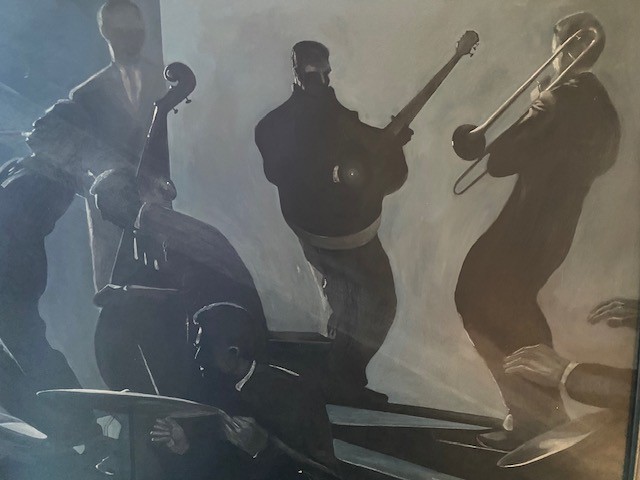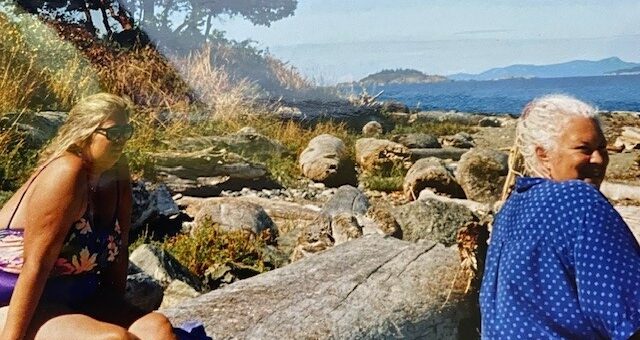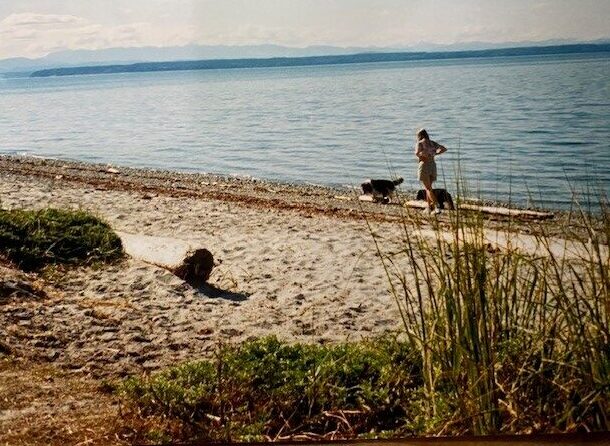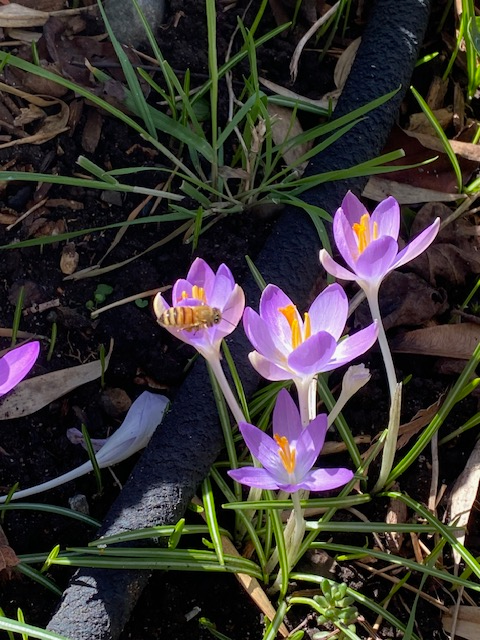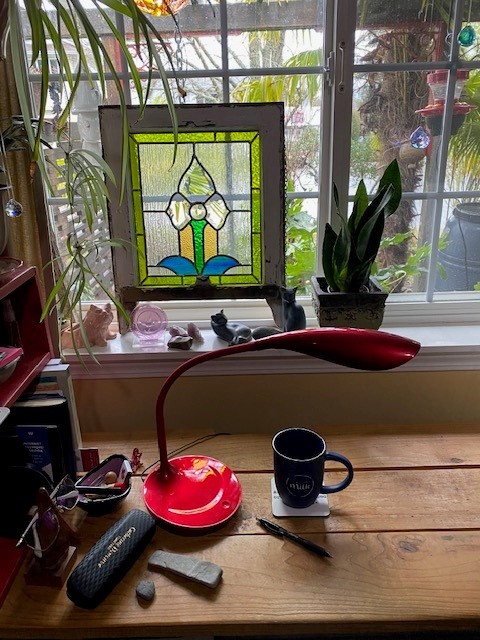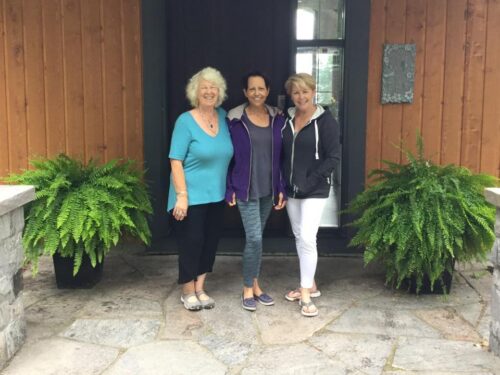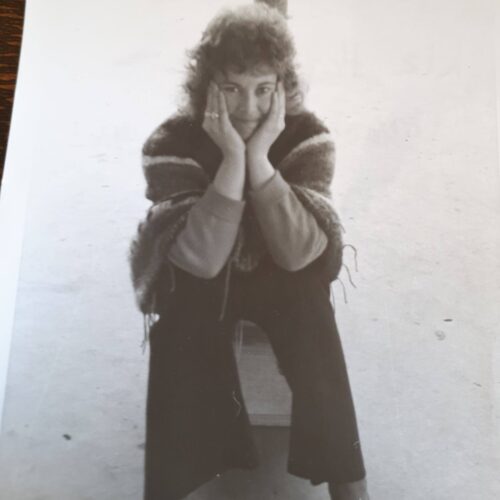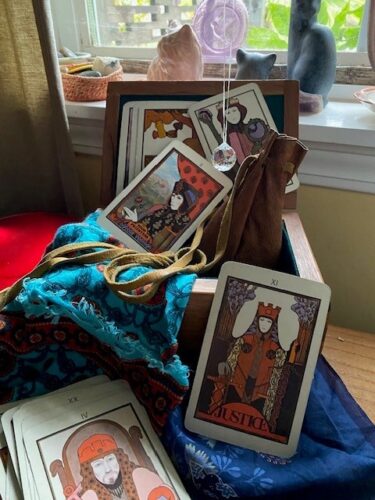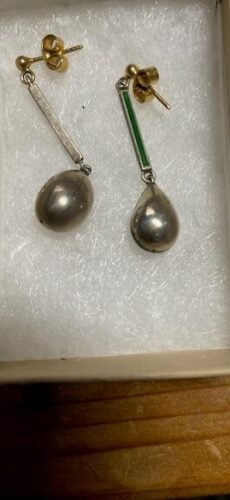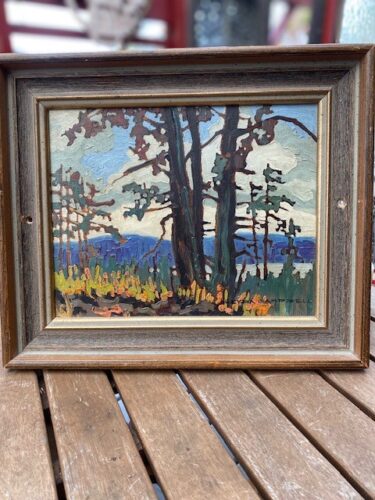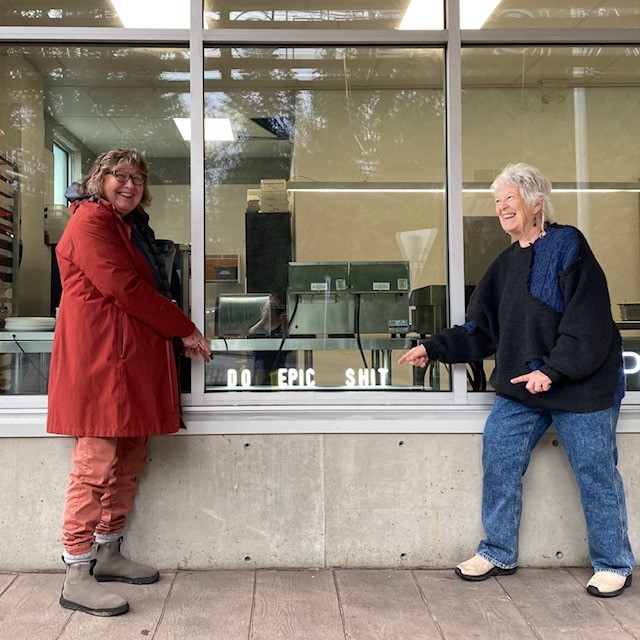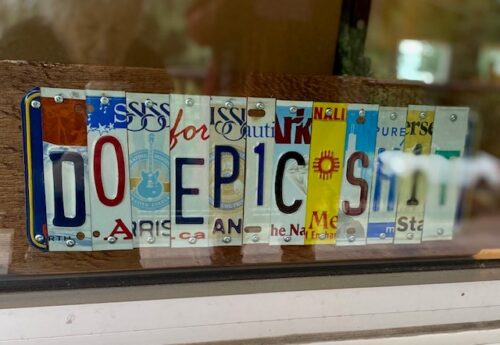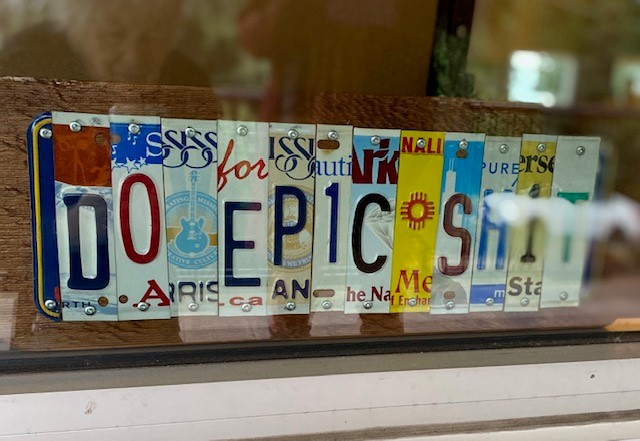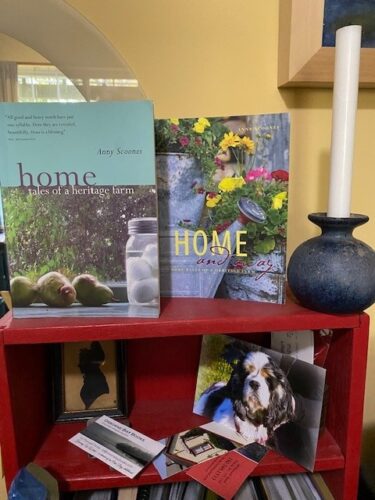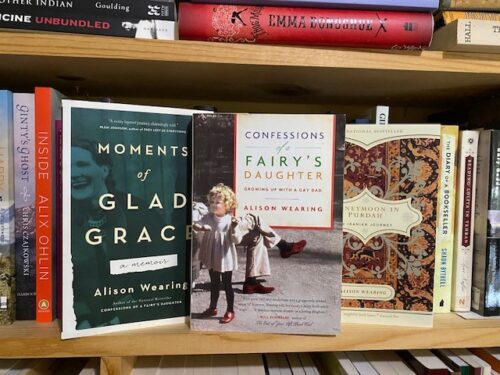PAINTING OR WRITING? EARLY MORNING MUSINGS
If you enjoyed this and are curious about more content from an Island Crone, please subscribe from my web page/blog sidebar. I promise to post at least once a month and sometimes more. But not often enough to bore.
~ Island Crone by Liz Maxwell Forbes
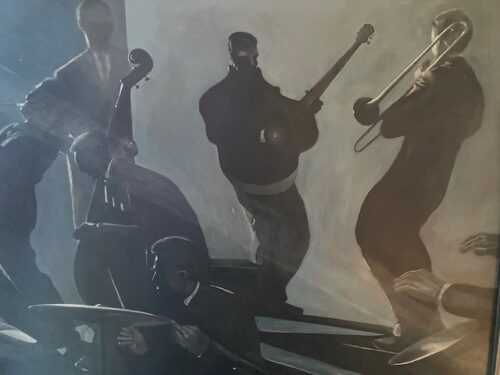
The Jazz Players
I know an artist who regrets each piece of art he sells. Years ago, when he belonged to a Chemainus Artist Group and was displaying his work, he sold his ‘Jazz Players’ to a woman from Calgary. Letting that painting go, was painful. He painted another, slightly different and it still hangs in our living room.
Yes. The artist is my partner, Grant.
Then there was the painting of the well loved Chemainus hermit, Charlie Abbott, shown walking along the railway tracks with the iconic Chemainus theatre in the background. Sold also to a woman from Alberta. Also greatly missed.
And his Arizona paintings, thirty- five small studies in oil of the churches, shrines and ancient symbols of the desert done over a winter in Arizona. We had an art show at the old Hummingbird Café in Chemainus when we returned, slapped a high price on them to discourage sales, which didn’t work, as he bid a sad farewell to some of his favourites, including his “Hoochie Coochie Girls.” He still talks about that one.
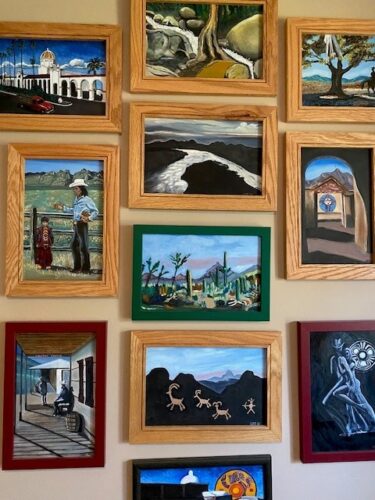
I know how that feels as I once wanted to be an artist. I studied at the local college, painted in oil because I loved the smell and painted trees, because I loved trees. There was one painting, a big one, of my eight-year-old stepdaughter Sue, sitting against the trunk of an old fir on the bank of the river. I captured her perfectly and had thought of giving it to her.
But an acquaintance saw the painting and wanted to buy it. I was flattered. However, she had no money and offered to do a trade, a hand-woven shawl from Guatemala in exchange for my painting. I reluctantly agreed.
A couple of years later, she asked for her shawl back in return for the painting. I said no. I was annoyed that she didn’t value my painting more than her shawl. I was annoyed that I let myself be manipulated and I’ve regretted that decision ever since for shortly after, the woman’s house burned down with my painting inside. (She had already moved out, as the house was condemned.)
I still have the shawl, but I never wear it. 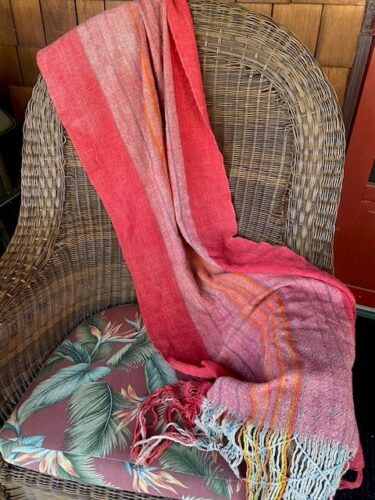
There’s a moral here, but I have no idea what it is.
All I know, is that painting and writing are creative art forms, both arising from somewhere deep within. I have lost myself in both pursuits, reaching that altered state where time has no meaning and the art is flowing, an artist high if there is such a thing. It’s a wonderful state of being.
However, I find writing to be simpler than painting. I can print copies of my writing on a sheet of paper or as a book and still have my original. And delete is quicker than painting over. (Painters can print giclees but it’s more involved.)
The difference between painting and writing for me as a memoir writer, is that once my writing is finished, it no longer belongs to me, it belongs to the reader who hears my words filtered through their own experiences. Even I, upon reading one of my books years after I write them, am not the same person; I have separated myself from the stories. I hear them differently; they are no longer mine.
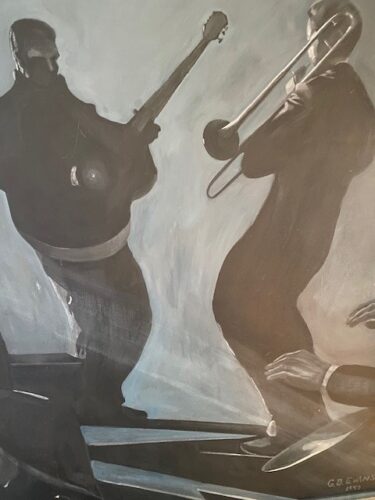
Paintings, although infused with the artists emotions, feel more static. They capture a memory that is frozen in time and place. Maybe that is why many artists have difficulty selling their work. They’ll never be that person in that time again.
Writing and painting, both laying bare our innermost feelings, capturing fleeting moments, are we doing it for ourselves or for an audience?
And does it really matter?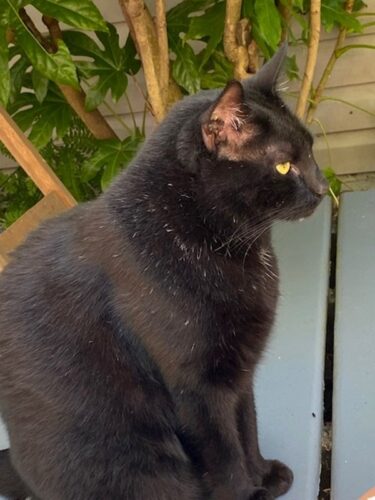
In the end are these just idle early morning musings because my cat’s insisting that I wake up and I’m pretending I ‘m still asleep?

